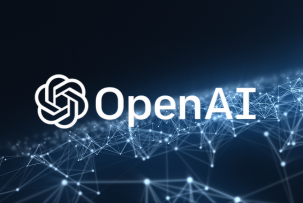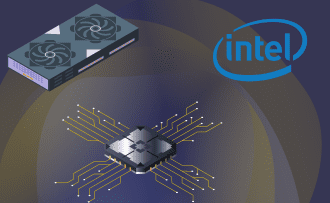Nvidia Presented “Physical AI” Technologies for Robots, Cities, and Factories at SIGGRAPH 2025
11:14, 12.08.2025
At the SIGGRAPH 2025 conference, Nvidia unveiled its strategy for developing so-called “physical artificial intelligence”, an approach that combines computer graphics and AI to create systems capable of operating in the real world. The company showcased both new hardware and software platforms that enable robots to be trained, drones to be tested, and smart cities to be designed in highly realistic simulations.
Nvidia's vice president of AI research, Sanya Fidler, noted that the combination of graphics and artificial intelligence “enhances modeling capabilities, and modeling makes AI smarter.”
New Generation of Blackwell Hardware
For enterprise-level tasks, Nvidia announced the RTX PRO 6000 Blackwell Server Edition graphics accelerator in a 2U format. According to the company, it provides up to 45 times the performance and 18 times the energy efficiency of CPU systems.
For desktop workstations, the RTX PRO 4000 SFF Edition and RTX PRO 2000 Blackwell are compact cards with a focus on energy efficiency and AI computing acceleration for designers, engineers, and 3D specialists.
Simulations As the Key to AI Training
Physical AI technologies are based on the Omniverse and Isaac platforms, which enable the creation of detailed “digital twins” of real objects and environments. Among the new features is the Omniverse NuRec library for recreating real spaces based on sensor data using 3D Gaussian splatting.
Companies such as Amazon Devices & Services are already using simulation to train robotic systems without physically interfering with production lines.
AI That Can Reason
Nvidia has introduced new models, including Cosmos Reason, a language-vision model for robotics that can interpret the physical world and act based on “common sense.”
The Nemotron family, which focuses on complex multi-step tasks in business and security, has also been expanded.
Metropolis for Smart Cities and Factories
The Metropolis platform has been integrated with Cosmos Reason, updated computer vision models, and new simulation tools. Nvidia's partners are already using it to improve manufacturing safety, create smart assistants, and accelerate staff training.


